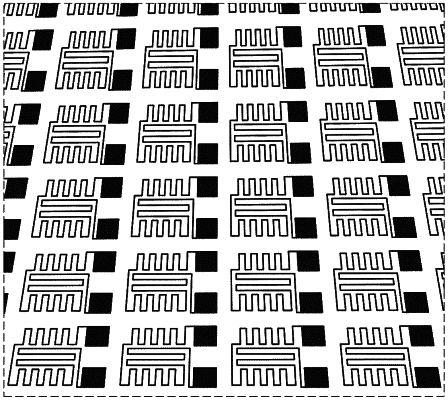| CPC A61B 5/14865 (2013.01) [C23C 18/06 (2013.01); C23C 18/08 (2013.01); A61B 5/14532 (2013.01); A61B 2562/125 (2013.01)] | 13 Claims |

|
1. A method for the manufacture of a medical electrode, comprising:
(i) providing a substrate;
(ii) applying a composition onto the substrate, wherein the composition comprises:
(a) a non-aqueous solvent and
(b) an organic precious metal complex compound that is dissolved in the solvent;
(iii) heating the composition and thereby forming a precious metal layer on the substrate;
wherein the precious metal is gold, palladium or platinum and wherein the medical electrode is biocompatible such that it is configured for implantation within a human body and for direct contact with tissue therein;
wherein the solubility of the organic precious metal complex compound in propylene glycol mono-propyl ether at 25° C. and 1013 hPa is at least 1 mass percent in relation to the total mass of the composition;
wherein the precious metal complex comprises a platinum complex of the type [L1L2Pt[O(CO)R1]X]n,
wherein L1 and L2 represent identical or different monoolefin ligands or, together, represent an L1L2 compound acting as a diolefin ligand,
wherein X is selected from among bromide, chloride, iodide and —O(CO)R2,
wherein —O(CO)R1 and —O(CO)R2 represent identical or different non-aromatic C8-C18 monocarboxylic acid residues or, together, represent a non-aromatic C8-C18 dicarboxylic acid residue —O(CO)R1R2(CO)O—, and
wherein these are mononuclear platinum complexes with n=1 or wherein, in the event of L1L2 and/or —O(CO)R1R2(CO)O— being present, these may be polynuclear platinum complexes with an integer n≥1.
|